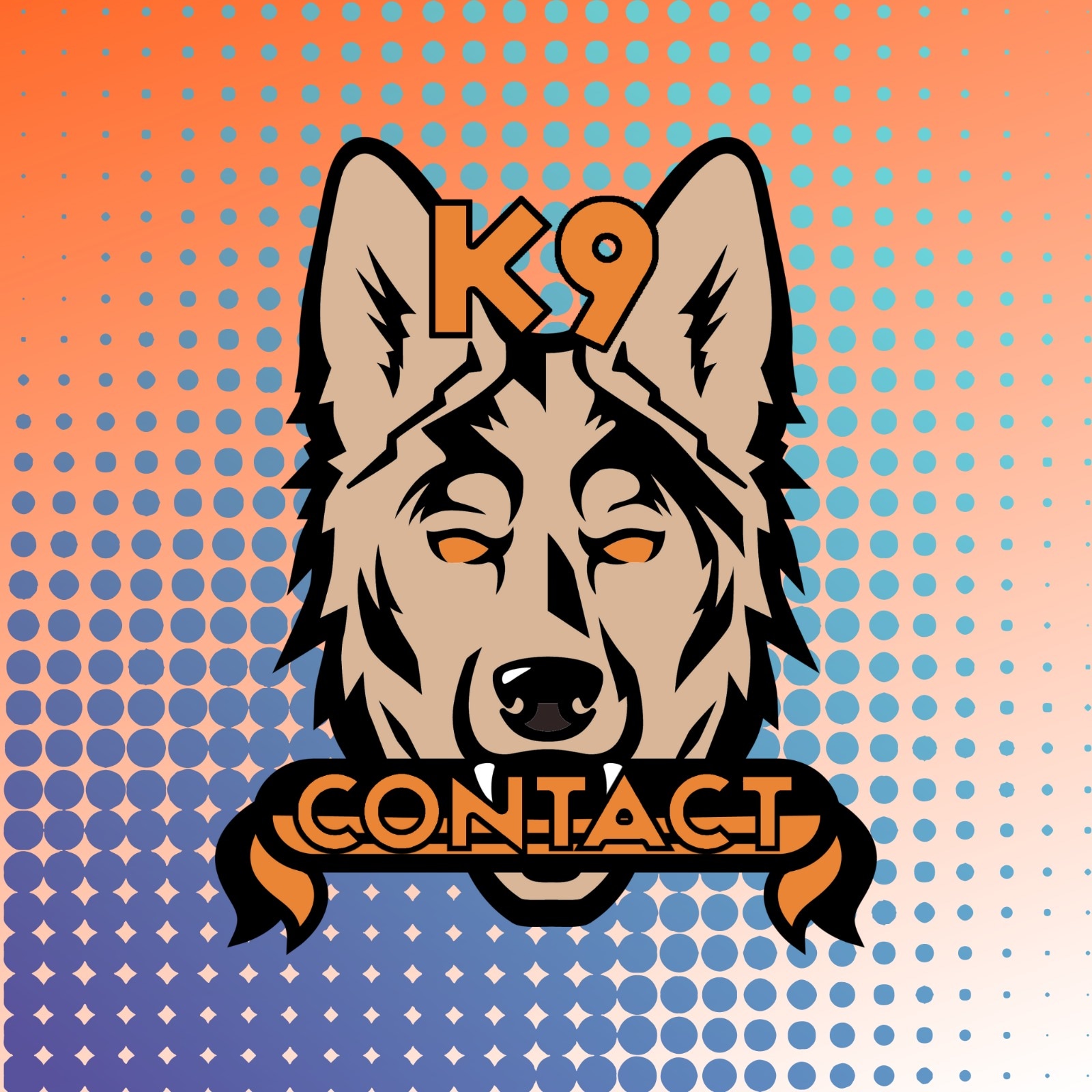Communication: Luring
- Aaron O'Brien
- Jan 28
- 1 min read
Part of Methods of Communication
Luring is communicating movement to your dog by having them follow your own body movement.
Luring requires a clear training picture, as the dog needs to know which part of your movement to focus on and follow. In practice this is most often done with the use of a reward placed on the body (such as food in your hand, or a toy under the armpit), as it focuses the dog's attention to that part of the body, and away from other distractions. Notice it is not the reward itself that should be followed, although accessing it will certainly be an untrained dog's first thought.
Example
Teaching a dog to down, you might place a food reward in your hand, excite the dog by having them 'chase' your hand with their nose (and perhaps they try to lick or muzzle the food out), before lowering your hand to the floor between their front feet, their head following so that they come into a down position.
Example
A dog walking in heel may be trained to change direction and speed based off the handler's same-side leg movement (in the obvious sense; if you walk faster your leg moves faster. If you turn to the side your leg turns). It is the movement of your leg that communicates to the dog how they should move - this is luring.




Comments